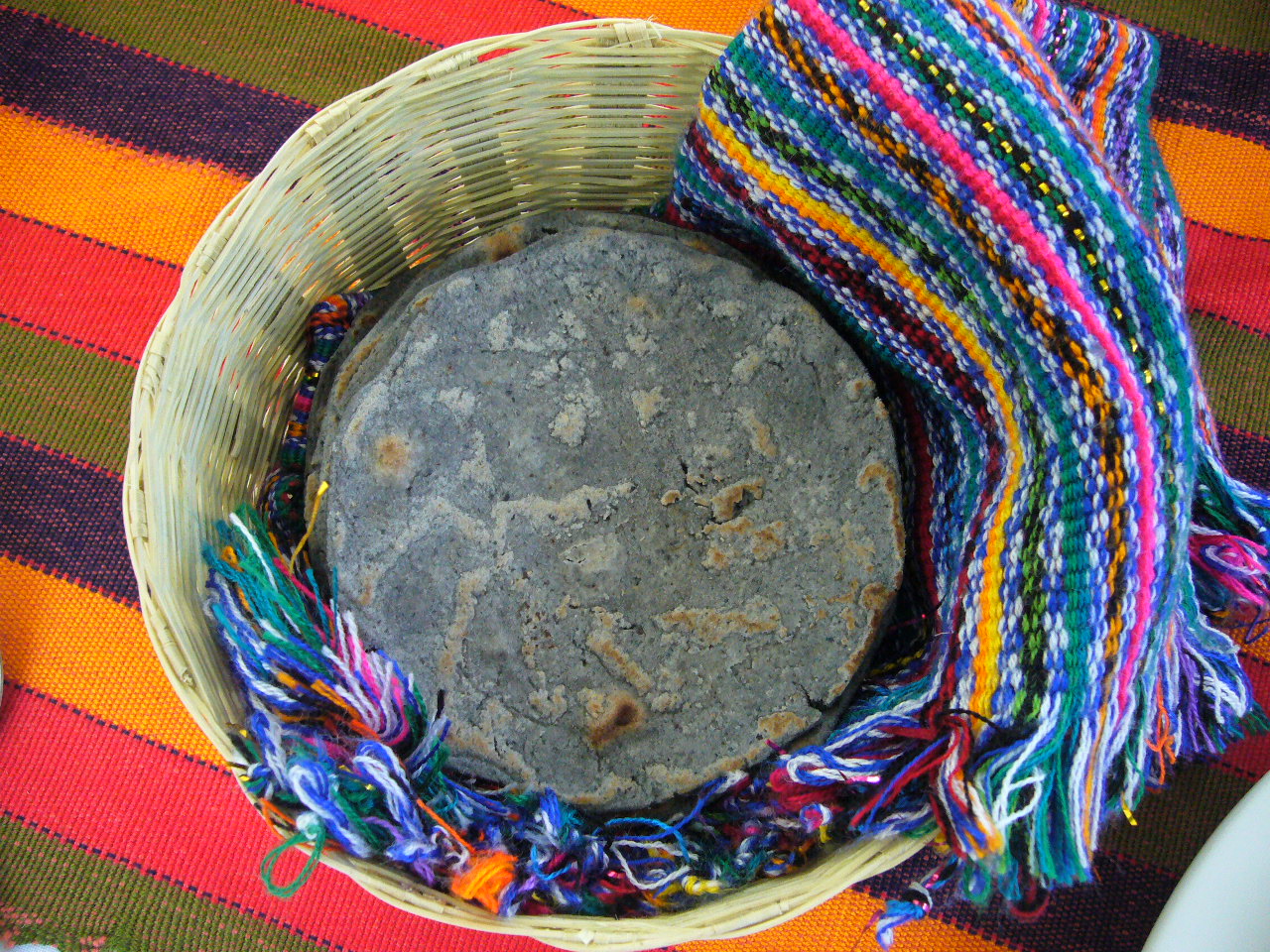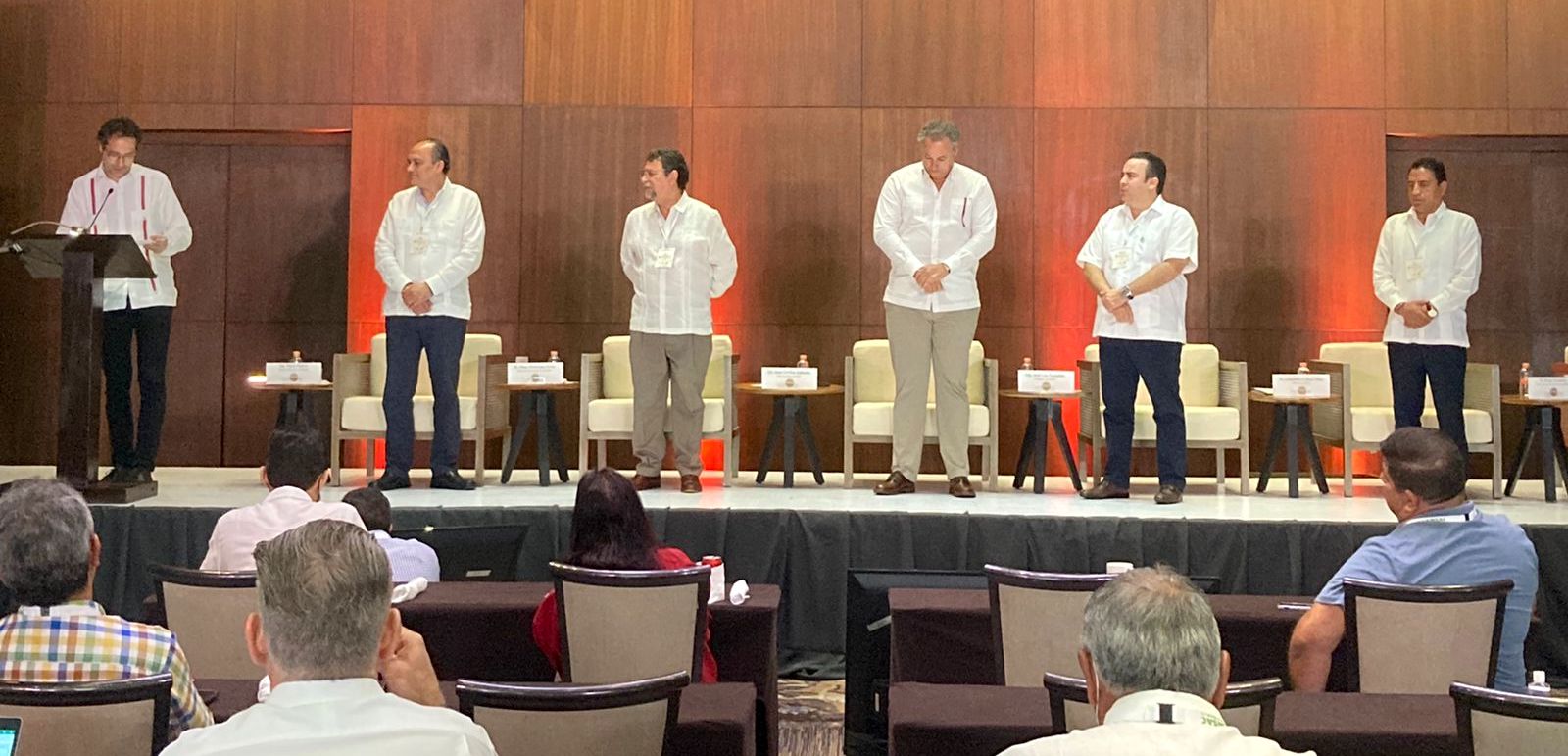Over the past several decades, maize breeders have made considerable strides in the development and deployment of new hybrids. These offer higher yields compared to older varieties and reduce the risks farmers face from the vagaries of a changing climate and emerging pest and disease threats. But, for small-scale farmers to adopt new, improved climate-resilient and stress-tolerant maize hybrids at scale, they must be first available, accessible and their benefits need to be widely understood and appreciated. This is where vibrant national seed industries potentially play an important role.
Prior to the 1990s, government agencies tended to play the lead role in hybrid production and distribution. Since then, expectations are that the private sector — in particular locally owned small-scale seed enterprises — produce maize hybrids and distribute them to farmers. When successful, local seed industries are able to produce quality new hybrids and effectively market them to farmers, such that newer hybrids replace older ones in agrodealer stores in relatively short periods of time. If small seed enterprises lack capacities or incentives to aggressively market new hybrids, then the gains made by breeding will not be realized in farmers’ fields. By monitoring seed sales, breeders at CIMMYT and elsewhere, as well as seed business owners, gain insights into smallholders’ preferences and demands.
A recent publication in Food Security assesses the capacities of 22 small and medium-sized seed enterprises in Mexico to produce and market new maize hybrids. The study draws on the experience of the MasAgro project, a decade-long development whereby the International Maize and Wheat Improvement Center (CIMMYT), in partnership with Mexico’s Department of Agriculture and Rural Development (SADER), engaged with dozens of locally owned seed businesses to expand their portfolio of maize hybrids.
The authors, led by CIMMYT senior economist Jason Donovan, highlight the critical role the MasAgro project played in reinvigorating the portfolios of maize seeds produced by small and medium-sized enterprises. MasAgro “filled a gap that had long existed in publicly supported breeding programs” by providing easy access to new cultivars, available to local seed companies without royalties or branding conditions, and without the need for seed certification. The enterprises, in turn, showed a remarkably high capacity to take up new seed technology, launching 129 commercial products between 2013 and 2017.
“Without doubt the MasAgro project can be considered a success in terms of its ability to get new maize germplasm into the product portfolios of small seed companies throughout Mexico,” Donovan said.
The authors also delve into the challenges these maize enterprises faced as they looked to scale the new technologies in a competitive market that has long been dominated by multinational seed enterprises. They observed a lack of access to physical capital, which in turn evidenced a lack of financial capital or access to credit, as well as limited marketing know-how and capacity to integrate marketing innovations into their operations. While most maize enterprises identified the need to expand sales of new commercial products, “signs of innovation in seed marketing were limited” and most of them relied heavily on sales to local and state governments.
According to Donovan, “The MasAgro experience also shows that a strong focus on the demand side of formal seed systems is needed if breeding programs are to achieve greater impact in less time. This implies more attention to how farmers decide on which seed to purchase and how seed companies and seed retailers market seed to farmers. It also implies strong coordination between public sector to make building the local seed industry a national imperative.”
Beyond the Mexican context, the paper’s findings may be of particular interest to development organizations looking to supply local seed industries facing strong competition from regional and multinational companies. One example is the effort to support small seed businesses in Nepal, which face strong competition from larger Indian companies with long histories of engagement in Nepalese seed markets. There are also important lessons for policymakers in eastern and southern Africa, where strict controls over seed release and certification potentially lead to higher production costs and slower rates of introduction of new products by local maize seed companies.
Read the full article:
Capacities of local maize seed enterprises in Mexico: Implications for seed systems development
This paper is complemented by two CIMMYT-led publications in a special issue of Outlook on Agriculture that highlights experiences in sub-Saharan Africa. That special issue grew out of the CGIAR Community of Excellence for Seed Systems Development where CIMMYT led the discussion on seed value chains and private sector linkages.
Cover image: Farmers in Mexico attend a workshop organized by CIMMYT to build their capacity in seed production. (Photo: X. Fonseca/CIMMYT)

 Environmental health and biodiversity
Environmental health and biodiversity 
